FORT JACKSON, S.C. -- More than 100 World War II veterans toured Fort Jackson Friday as part of the Veterans of the Battle of the Bulge National Convention held last week in Columbia.
The war heroes expected to see young Basic Combat Training Soldiers carrying state-of-the-art equipment and training in modern warfare.
For veteran Carl Shell of Junction City, Kan., the last thing he thought he would ever see was a phantom from his past.
But for Shell, who served as a gunner for the first and third platoons of Company A, 14th Tank battalion, 9th Armored Division - the "Phantom Division" - what he saw here was no illusion.
Positioned just outside of the 120th Adjutant General Battalion (Reception) dining facility, where the veterans ate lunch, was an M-26 Pershing Tank that once belonged to Company A's second platoon.
Shell was shocked.
"This is really something else," Shell said as he inspected the armored vehicle. "It's a once in a lifetime find. I'd love to get right up there," he said eying the turret. "I used to spring right up there, but not anymore."
Shell, 84, who said he lied about his age when he joined the Army at 16 years old in1942, said it wasn't until he arrived in Belgium in 1944 that he first engaged in combat.
"I was lucky enough to knock out one German tank," Shell said.
Seeing one of his company's tanks at Fort Jackson, he said, brought back memories of his "old training days" and how he survived the battle.
"As a gunner I was somewhat protected," Shell said. "But once you got hit, you knew it. And it was extremely cold. I was lucky to be in a tank, but we still didn't have heaters back in those days.
Hubert Brown, of Lexington, said he remembers those cold days well. He said he wasn't lucky enough to drive a tank until after the Bulge. As a mounted military policeman serving with the 10th Armored Division, Brown had little protection from the elements. He said he policed the streets in Belgium, searching for land mines and German booby traps, while riding a horse and sometimes marching in the snow.
"Our feet got rotten, muddy and wet and frozen," Brown said. "I lost all my toenails; I'm lucky I didn't lose my toes."
The Battle of the Bulge was fought during one of Europe's coldest winters. Lasting from Dec.16, 1944 until Jan. 25, 1945, it was the longest battle of World War II, and the bloodiest. Out of the nearly half a million American Soldiers who fought, about 19,000 were killed, and upward of 90,000 were wounded.
Hope Rogers Kirkendall and her friend Dorothy Taft Barre, who were Army Corps nurses serving in Belgium at the time, said they helped at least 250,000 wounded Soldiers and civilians.
"When they came in wounded, you didn't ask if they were American or German, you just helped them and took care of their wounds," Kirkendall said.
"We were a holding hospital," Barre said. "We did what we could for them, then we shipped them back out."
Kirkendall and Barre, who had lost contact with each other when they returned from the war, reconnected with each other about five years ago. They use the annual conference as a way to reunite every year.
Saturday, the women joined other veterans at the Fort Jackson Cemetery for a wreath laying ceremony honoring those who fought and died in the famous battle.
There, Maj. Gen. Douglas Carver, the Army's chief of chaplains, asked that they, and all Americans, reflect on the challenges the veterans of the Battle of the Bulge endured, and he thanked the veterans for the many sacrifices they made.
"I know why you are called, and will always be called, in the history of our great country and the world, the greatest generation," Carver said. "And we salute you."
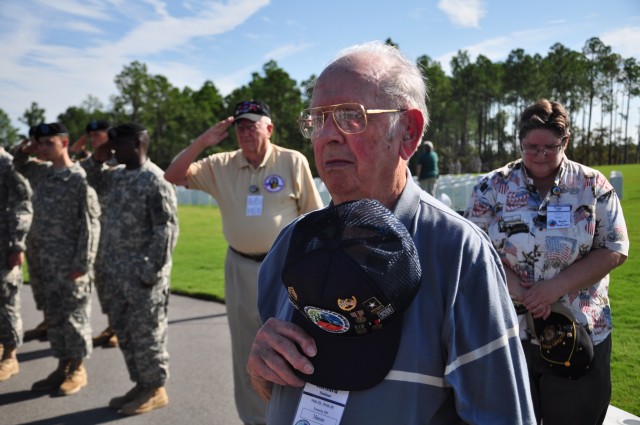
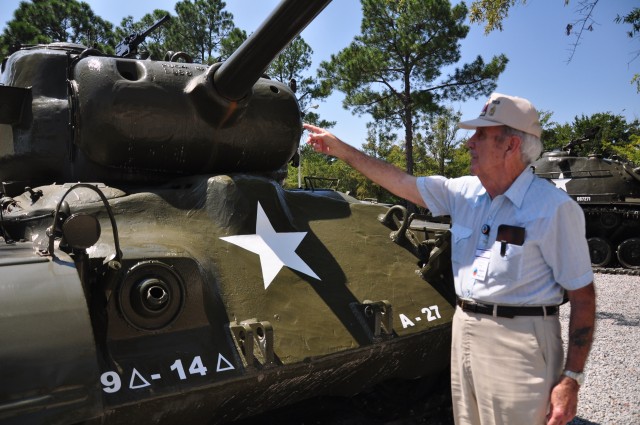
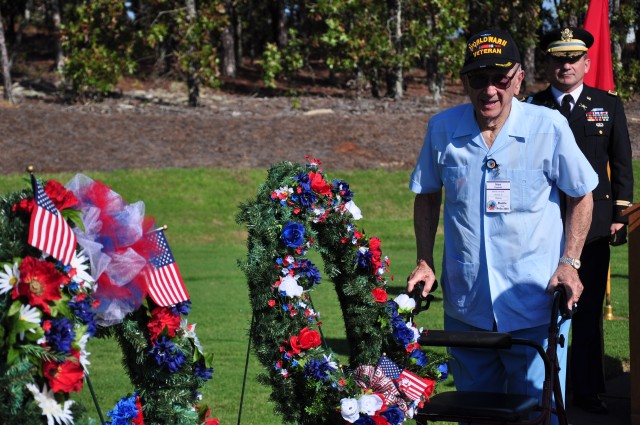
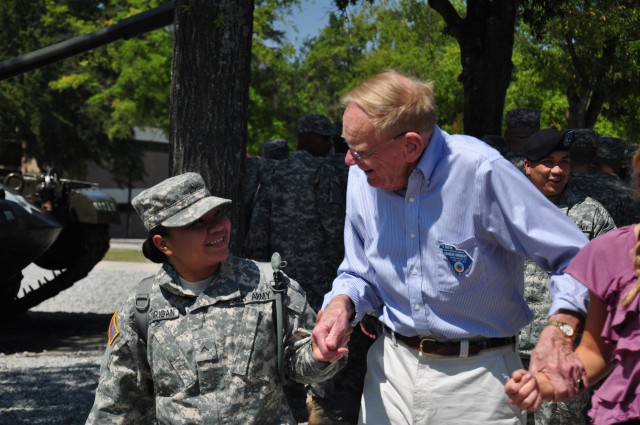

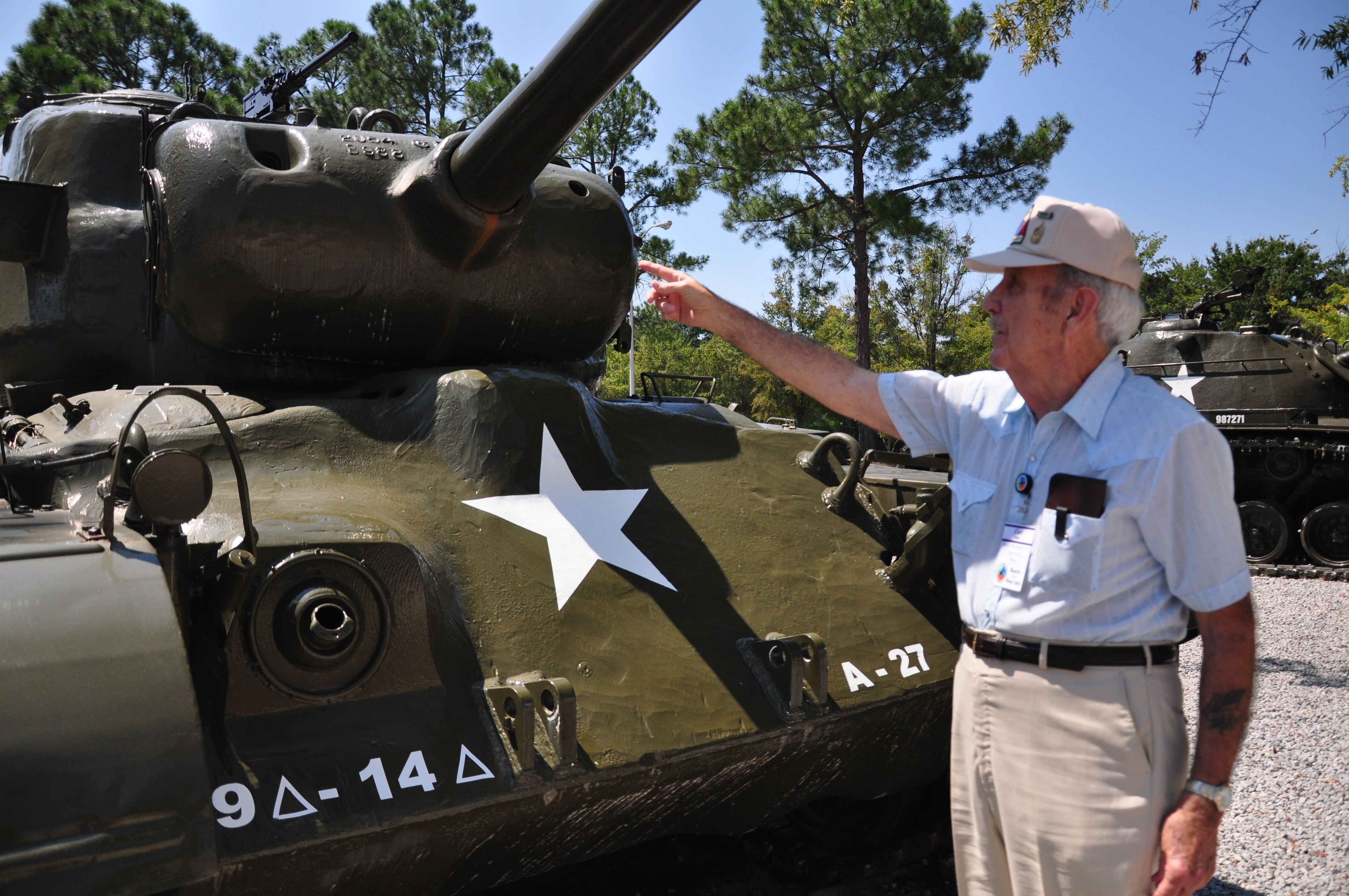


Social Sharing